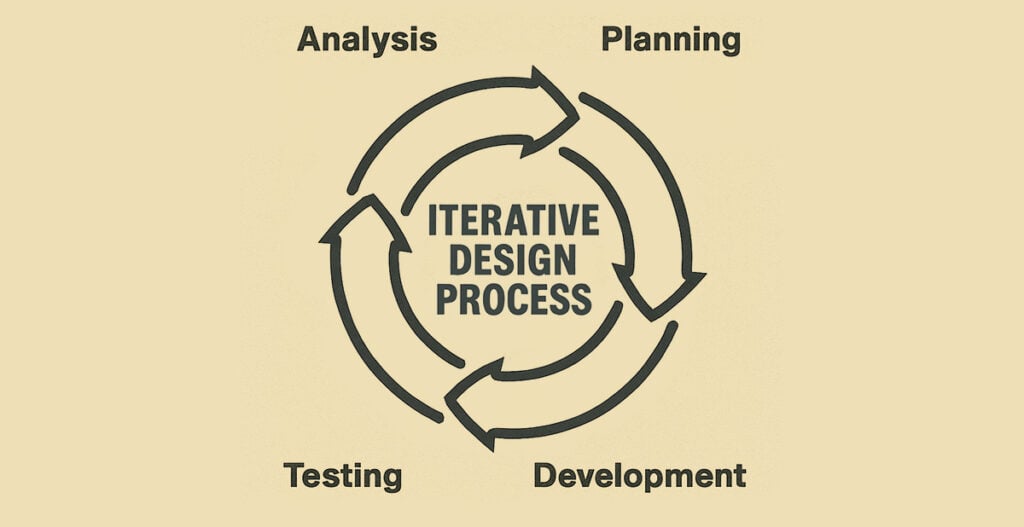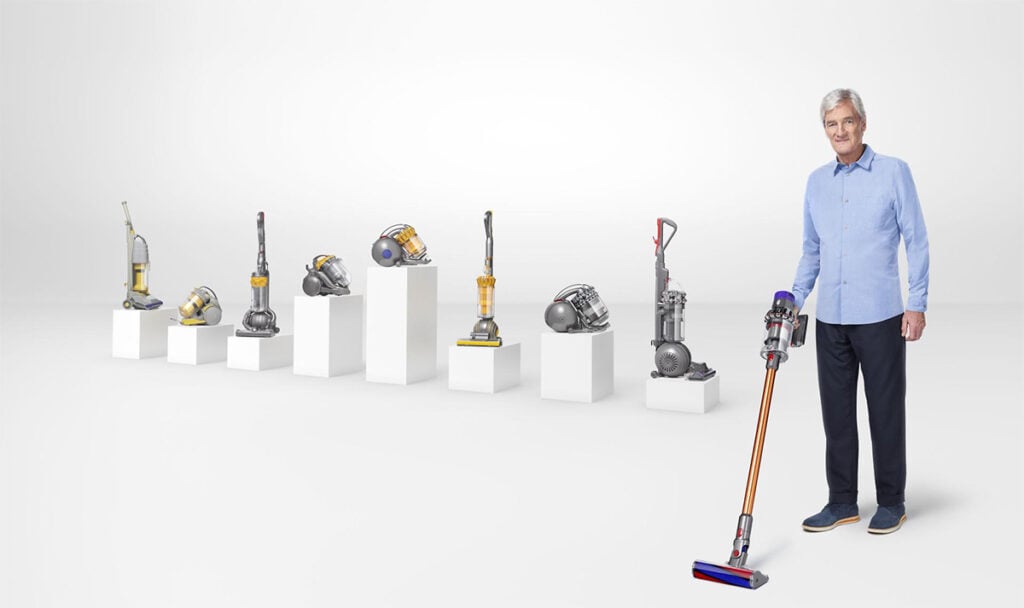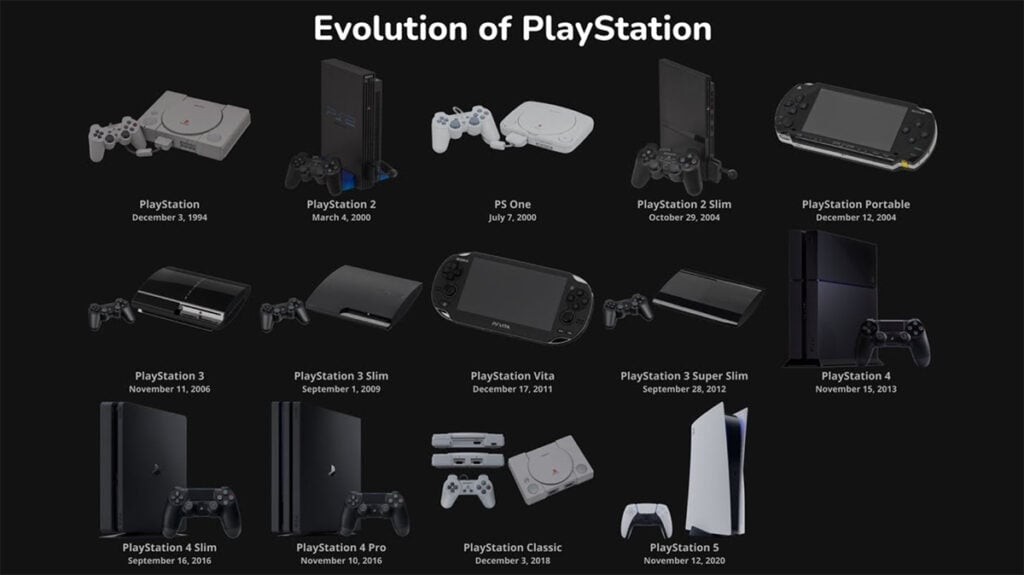Design and Technology students are often introduced to the concept of iterative design: a cyclic approach that involves repeatedly refining a design through cycles of prototyping, testing, and improvement, resulting in a new iteration. It is based on the idea that design solutions are best developed through an ongoing process of creating a prototype, testing it with users, analysing feedback, making improvements and repeating the cycle.

Iterative design prioritises the value of user feedback and real-life testing, rather than making assumptions about what is needed. Iterative design is similar to continuous improvement processes, such as Kaizen,™ a Japanese term meaning “change for better,” which focuses on making small, ongoing improvements over time, rather than occasional disruptive changes.
Advantages of Iterative Design
- Design problems can be discovered quickly and fixed
- Design improves over time
- Costly errors can be avoided
- Mimics what often happens in real life – the way products are used and refined over time
Disadvantages of Iterative Design
- Can delay the time before a product is brought to market (although, because people know the product will continually be improved, it can also encourage people to bring their products to market early, so they can start getting ‘real world’ feedback)
Examples of Iterative Design
Dyson vacuum cleaners

- James Dyson created 5,127 prototypes over 5 years before launching his first bagless vacuum (started with a cardboard and tape prototype attached to his existing vacuum)
- Iteratively refined through thousands of versions
- Each iteration tested different angles, sizes, and configurations, with continuous testing and refinement of airflow patterns
- Modern versions still use an iterative design process, with each new model a refinement on the previous one (incorporating user feedback and technological improvements)
PlayStation Controller

- The handheld input device that controls the Playstation game (with buttons, joysticks, and triggers) shows clear evolution (change across time) from 1994 to present day
- Started with a basic controller, eventually moving to pressure sensitive buttons, motion sensing capabilities, touch pad, and refined ergonomics.
- Extensive user testing and feedback over the years has shaped the design
- Multiple prototypes and versions, with gradual refinement
- Technical improvements building upon previous learning
- Responding to market competition and customer needs
